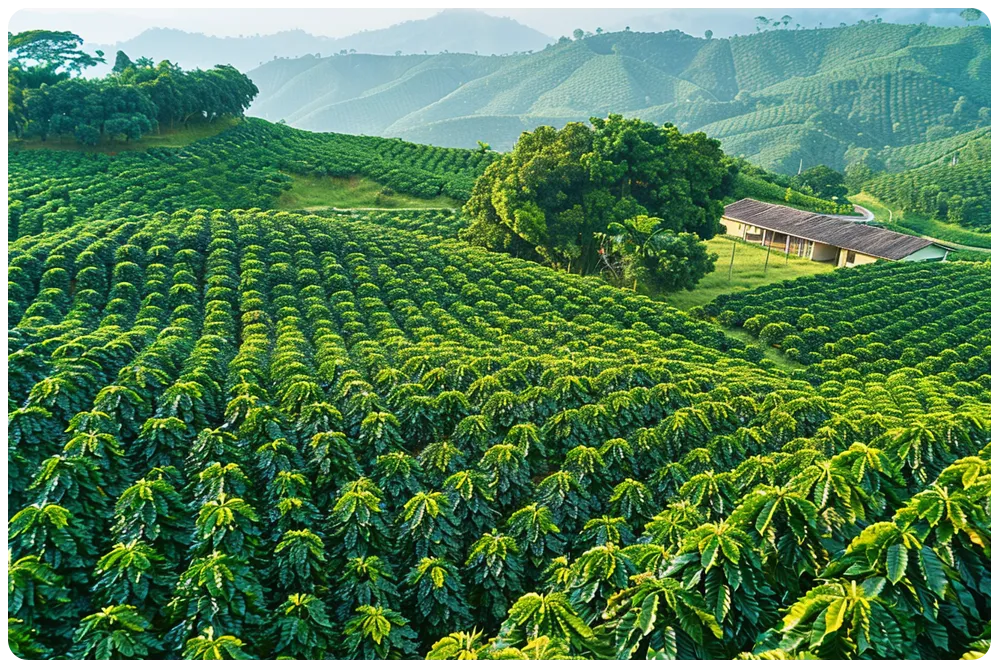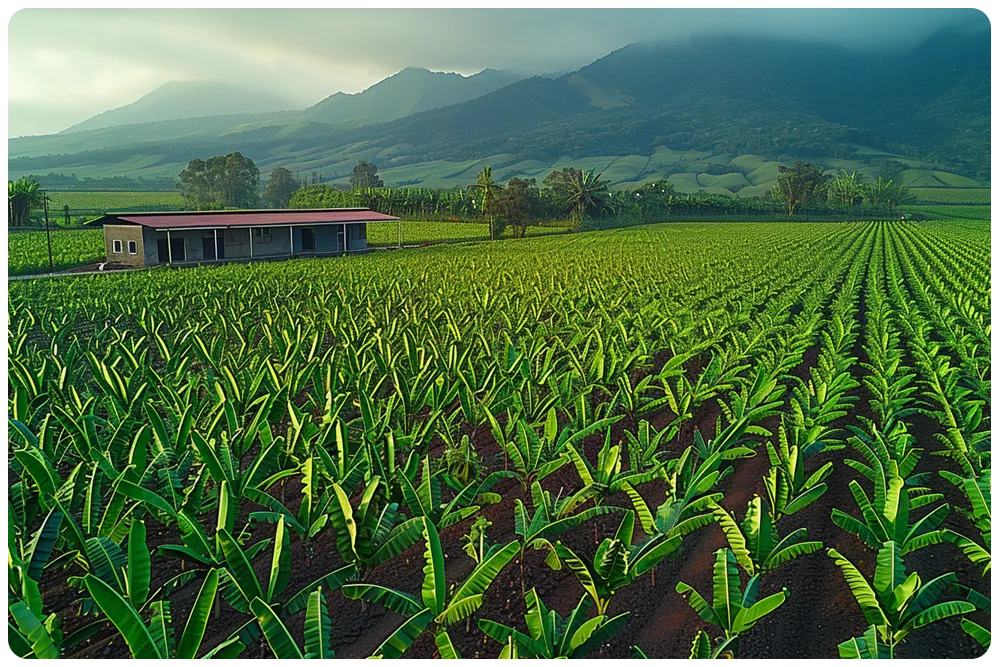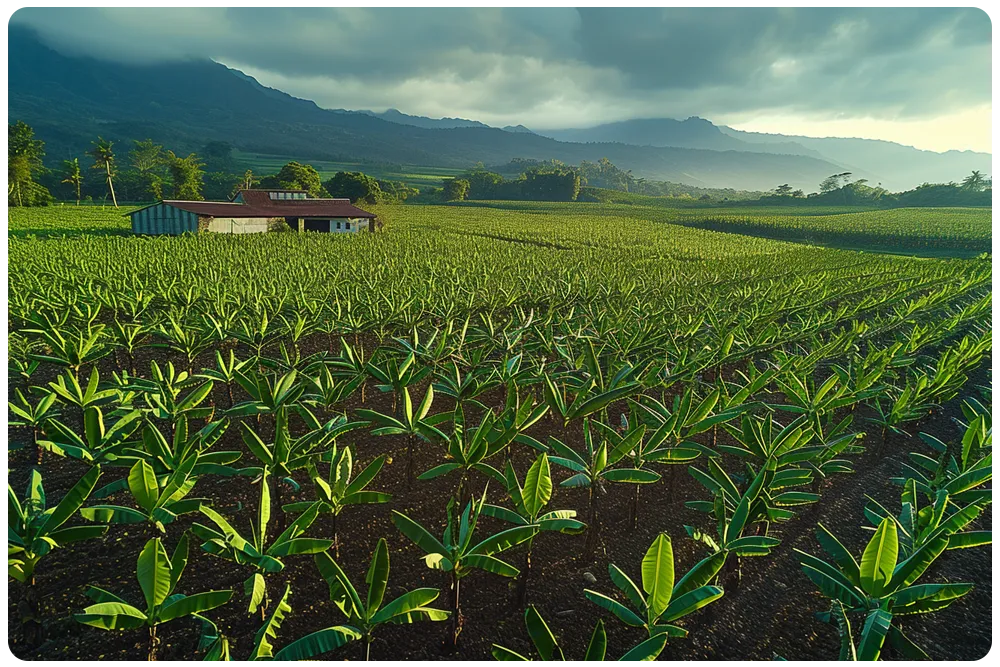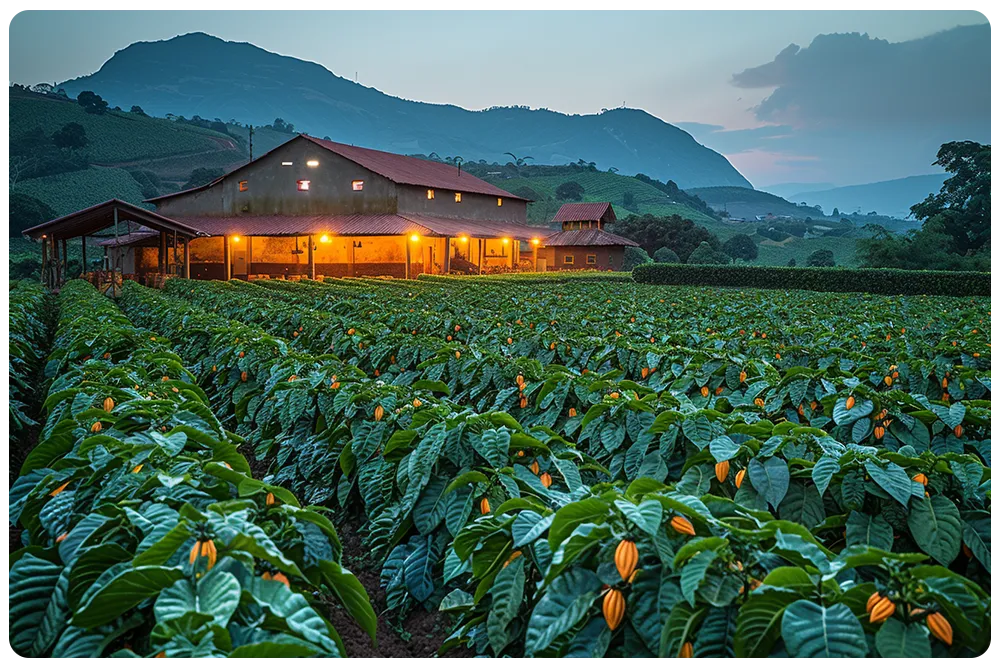Explore the power of drone technology in farming. Gain insight into assessing strong li field conditions, enhancing crop health, and optimizing agriculture productivity.
Welcome to Drone Farm
We offer a comprehensive range of agricultural drone services. With years of experience, we’ve harnessed our expertise to deliver high-quality services to our clients. Our team provides full support at every stage. Choose us for top-tier Drone Farming experiences!

Contents
- 1. What are ideal conditions for drone farming
- 2. Understanding the field conditions for drones
- 3. Comprehensive drone farming and field assessments
- 4. How to evaluate field for drone farming
- 5. Enhancing yield via drone farming assessments

1. What are ideal conditions for drone farming
What are ideal conditions for Drone Farming?
Understanding the ideal conditions for the application of drone technology in agriculture is crucial to maximizing its efficacy. Drones play an integral role in modern farming, offering different solutions to enhance crop production and farm management.Firstly, for a drone to perform optimally in the field, the weather conditions need to be appropriate. A drone operates best under clear skies with minimal wind disruption. Therefore, it is advisable to conduct drone operations during early morning or late afternoon hours when the wind’s speed is typically low.2. Understanding the field conditions for drones
Understanding the Field Conditions for Drones
Agricultural drone technology has revolutionized the modern farming industry, enriching farmers’ knowledge about their land and optimizing overall farm management. The precision and accuracy of drones provide critical data to assess field conditions effectively, guiding decision making and contributing to improved agricultural efficiency.When to Consider Drone Farming Services
Deciding when to utilize farming drone services depends primarily on one’s needs. Drone services are particularly valuable during four primary stages:- Sowing: Drones can distribute seeds over extensive farmland efficiently, saving time and reducing labor needs.
- Monitoring: Regular flyovers by the drone can help monitor the growth of crops, providing regular updates on their health and identifying any potential issues early.
- Pest Detection and Control: Drone sensors can detect pest infestations, providing accurate and timely information to enact appropriate remedial measures.
- Harvesting: Drone imagery can identify the right time for harvest based on crop maturity and health, optimizing yields and profitability.
Assessing Field Conditions for Drone Farming
There is a myriad of ways that a drone can assist in assessing field conditions, including:- Aerial Imagery: Drones capture high-resolution images, mapping the entire farm to help assess field conditions effectively.
- Real-time Monitoring: With drones, farmers can keep a real-time eye on their fields without the need for physical presence.
- Stress Detection: Drone technology can detect crop illness and stress, allowing farmers to undertake remedial actions promptly.
- Data Collection: Data collected by drones, including temperature, humidity, and radiation, can further enhance a farmer’s understanding of their field conditions.
- Predictive Analysis: Drones’ data allows farmers to foresee any adverse conditions, facilitating preventive measures to protect crop health.


3. Comprehensive drone farming and field assessments
Comprehensive Drone Farming and Field Assessments
Agricultural drone technology has revolutionized farming operations, offering invaluable applications for crop health estimation, field analysis, and farm management. It equips farmers with crucial information, leading to increased productivity and optimized yields.The drone, an advanced agricultural tool, has brought about a paradigm shift in farming methods. It facilitates comprehensive and efficient field assessments, offering an aerial perspective that allows farmers to monitor large scale farms with ease.
- Drone-Assisted Agriculture: Drones enable faster and more accurate crop inspections. Equipped with high-definition cameras and precision sensors, they provide real-time images and data that can detect early signs of crop illness or pest infestation. This early detection facilitates prompt action, minimizing potential detrimental effects and ensuring the health of your crops.
- Aerial Field Assessments: Drone technology allows for rapid and thorough examination of field conditions. They can identify areas in need of irrigation or fertilization, thereby ensuring the efficient use of resources and promoting sustainable farming practices.
- Optimal Farm Management: Drones can map large plots of land, providing crucial information on the overall health and productivity of the farm. This data-driven approach enhances decision-making and leads to more productive farm management strategies.
Drones are an investment that pays off, marking a significant leap in farming technology and a remarkable improvement in the way we approach agriculture. Embrace this transformative technology today to realize the full potential of your farming enterprise.
All agricultural players – from large-scale farm owners to smallholder farmers, can benefit from this comprehensive and dedicated resource on agricultural drones. This portal aims to enlighten users on the myriad applications and advantages of drone technology and its transformative potential in farming and agriculture.4. How to evaluate field for drone farming
Evaluating a Field for Drone Farming
It’s critical to understand the implementation of drone technology in farming, also known as drone farming. Primarily, evaluating your field conditions is essential, as this technology presents significant opportunities and benefits for farmers. So, how can you assess your field condition for drone farming?
- Surveying the Farmland: The first step is to gather information about your land. A drone offers the advantage of capturing high-resolution aerial images, delivering a detailed view of your farm from above. This enables you to evaluate surface features, soil health, water availability, and other terrain factors.
- Understanding Crop Varieties: Knowing the diverse types of crops on your farmland is another key element. Different crops may require different drone technologies or applications.
- Checking Weather Conditions: The region’s weather plays an important role in deciding whether drone farming is suitable. Drones usually perform best under calm, sunny conditions, weather extremes can hamper their operation significantly.
- Analyzing Crop Health: Drones equipped with special sensors can detect unhealthy plants, infestations, or disease in crops, even before humans can visually observe these changes. Regular drone scanning helps you track crop health and take timely interventions.
- Determining the Investment Worthiness: Finally, compare the potential benefits of drone farming against the costs to implement it. Drones come at a price, but their ability to optimize crop production and enhance farm management often justifies the investment.
By evaluating your field for drone farming, you unlock numerous opportunities in agricultural efficiency. Plus, drones help in mitigating crop illness, further strengthening the farm’s productivity. When you consider drone farming services, remember that each farmland is unique, so adaptation and understanding of this technology will vary accordingly.


5. Enhancing yield via drone farming assessments
Enhancing yield via drone farming assessments
Agricultural drone technology is emerging as an innovative solution for farmers looking to optimize crop yields. By leveraging the high-resolution mapping and data collection capabilities of a drone, farmers can effectively assess field conditions, identifying possible yield-limiting factors.
The unparalleled and precise perspective that a drone offers allows farmers to observe indicators of crop health, soil condition, and vegetation vigor in real-time from the ground. This powerful technology can help detect crop illnesses earlier, enabling faster and targeted response to these challenges.
Now let’s explore the benefits of drone farming assessments and their role in enhancing agricultural production.
Real-time Data Gathering
A drone collects real-time data, providing farmers with on-demand insights about their crops. Unlike traditional farming practices, it allows for rapid evaluation and decision-making, making it a vital tool in field management.
Enhanced Crop Management
With the advanced imaging capabilities offered by a drone, farmers can identify areas of their fields that may be underperforming. Through targeted interventions, they can rejuvenate these sections, improving overall crop yield, and health.
Detection of Crop Illnesses
Thanks to a drone, timely detection of crop illnesses is possible. High-resolution imagery can reveal symptoms that may be undetectable to the human eye, allowing for immediate action, and minimizing the effect these illnesses can have on yield.
Next-level Field Assessment
Use a drone to map field to inspect the overall crop health and check for irregularities.
Use a drone to collect data on temperature and humidity which might affect your crops.
Use drone imagery to precisely monitor crop growth stages and estimate harvest timing accurately.
Use the data gathered to make data-driven decisions for your field.
In summary, using a drone for agricultural assessment offers a transformative approach to farming. By enhancing efficiencies in crop management, facilitating real-time decision making, and enabling proactive response to crop illnesses, drones can significantly boost agricultural productivity. Embracing this innovative technology could pave the way for a more sustainable and profitable farming future.